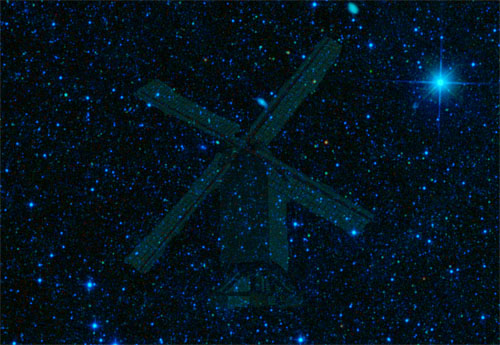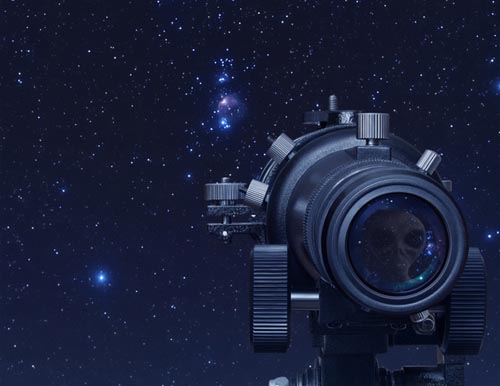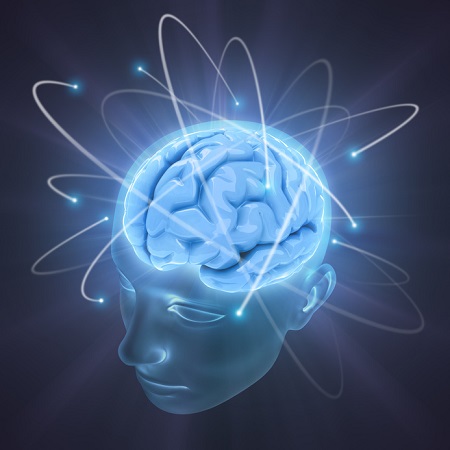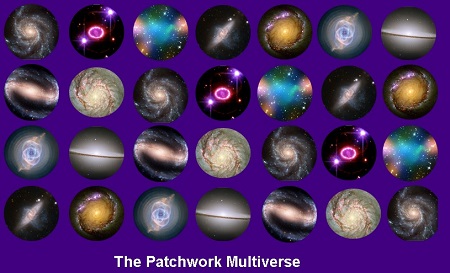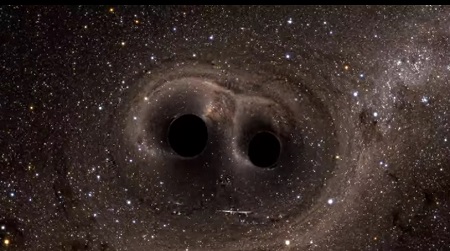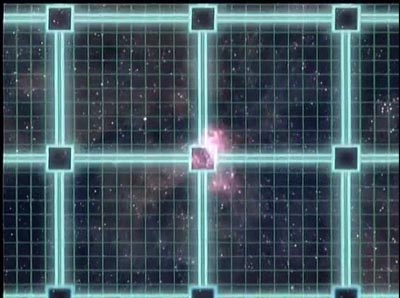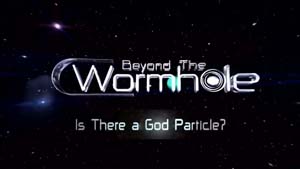I am I, Don Quixote!
The Lord of La Mancha, my destiny calls and I go.
And the wild winds of fortune shall carry me onward oh withersoever
they blow. Withersoever they blow.
Onward to glory I go!
So sings the title character of the hit movie and play Man of La Mancha based on the book Don Quixote by Miguel de Cervantes. Don Quixote is the name adopted by Alonso Quixano a likeable, less-than-affluent, well read fellow, well past his prime who lives with his niece in the Spanish village of La Mancha. He reaches a point where all his days “from dawn to dark ” are spent reading his favored books: those of the tales of chivalry and the deeds of errant knights from days long ago. However being past his prime, and “with little sleep and much reading his brains got so dry that he lost his wits.”[1]. He was so immersed in the tales that with his waning faculties, he lost the ability to distinguish between what was fact and what was fiction. To the point where he believed that “the whole fabric of invention and fancy he read of was true…”[2]
And thus Quixano decides to adopt the distinguished name of Don Quixote de La Mancha, become an errant knight and go off in search of adventures to right wrongs and fight injustice. Perhaps the most memorable of which is when he comes upon some windmills which he imagines to be giants, and begins jousting with them from his aging and arthritic horse. It’s from this scene we get the phrase “tilting [or jousting] at windmills” which originally meant to fight against imaginary or unimportant enemies or issues. But as a Yahoo aficionado points out, figuratively it has come to mean “a futile activity.”[3]
Which brings us to the current state of affairs in cosmology. Many cosmologists these days are like Don Quixote – jousting at imagined problems that are a result of their imagined theories in order to obtain great glory. Continue Reading

